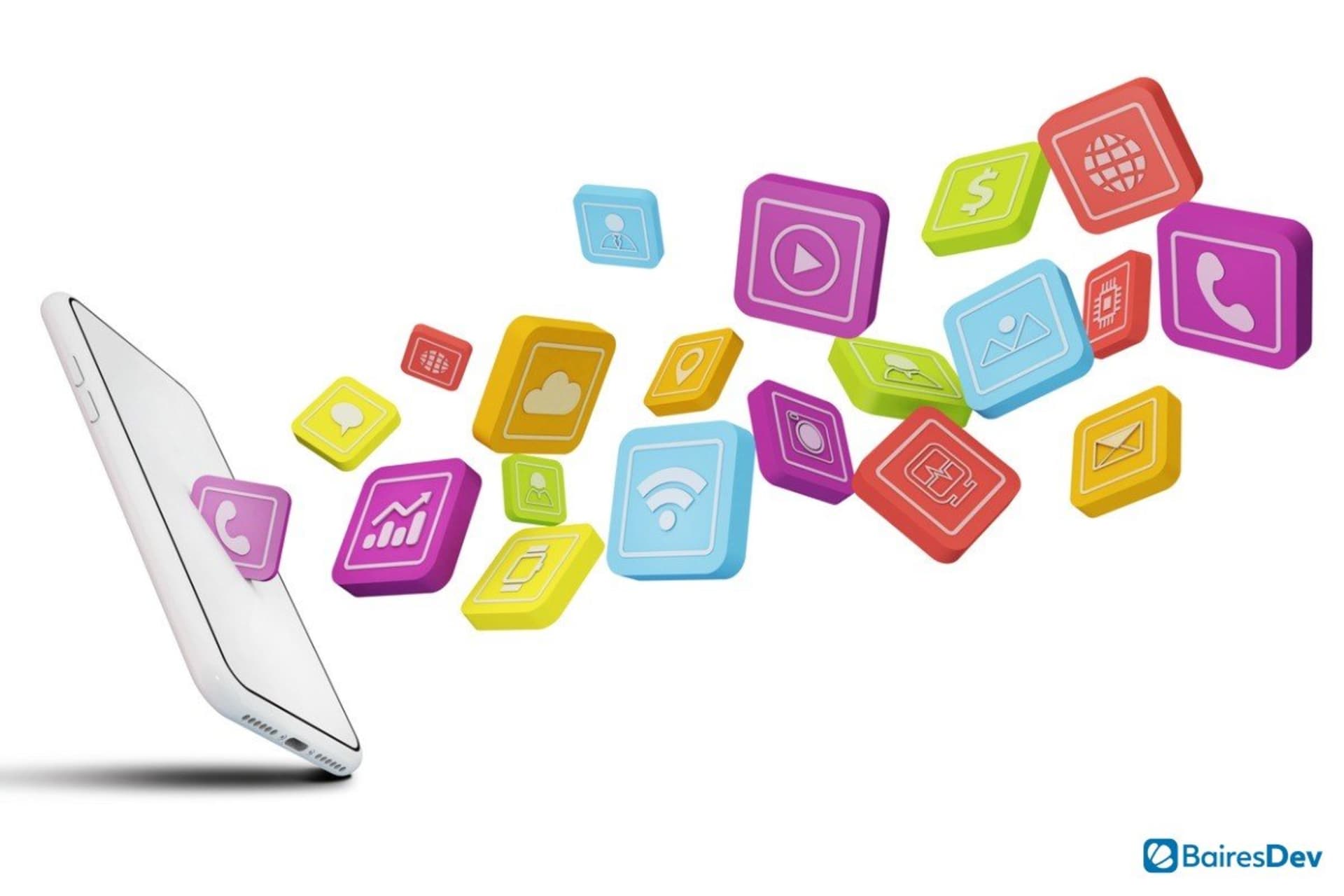Business scalability is an important part of any organizational plan. But as your business grows, you need solutions that will help you accommodate new services, platforms, and personnel.
That’s where Integration Platform as a Service (iPaaS) comes in. As you find yourself needing to accommodate additional software and applications, you’ll also be in the market for a solution to streamline these tools and ensure they can integrate seamlessly into your organization’s tech environment. iPaaS facilitates this, preventing your company from losing data and encountering problems.
Currently, numerous vendors offer iPaaS solutions to effectively connect Cloud services, including Dell, IBM, Informatica, Oracle, Microsoft, OpenText, TIBCO, and Zapier. Business leaders can also work with software firms to build customized iPaaS platforms.
Should you introduce this technology at your organization? Let’s find out.
What Is iPaaS?
In a nutshell, iPaaS connects cloud-based platforms, bridging services to create and facilitate integrations within the business. Integrated services can therefore be deployed on-site and remotely and connect data across the organization and to individuals and departments. The platform also connects the cloud and business without the individuals who use it having to install equipment.
Information is available in one place, so you don’t have to tap into multiple resources to share or view the data. Moreover, you won’t have to tackle multiple integrations, since the process is centralized via iPaaS. This offers a standardized approach to automating and integrating applications and services, enabling businesses to avoid manual labor.
While iPaaS can be applied to practically any organization, enterprises particularly benefit from the platform, given that they leverage so many cloud systems. It’s also useful for businesses that are scaling their operations.
Benefits of iPaaS
Implementing iPaaS can benefit many different types of businesses. Here are just some of the major advantages.
• Integration across platforms and software is streamlined.
• All your major cloud-based tools are kept in one place.
• You’ll get a stronger return on investment (ROI).
• Departments can tap into services in a single place, share data, and connect with one another.
• Operations can take place more quickly.
• You’ll simplify your technology and software.
•If you collaborate with a provider or hire an in-house developer, iPaaS platforms are customizable, and you will receive support.
• You can reduce your tech-associated costs.
• You can improve security.
• iPaaS platforms tend to be low-code.
• The platform facilitates concurrent, high-performance operations.
• Businesses can better adhere to compliance regulations.
• You’ll receive real-time data, insights, and results, better equipping you to monitor workflows.
• You’ll modernize your processes.
How Does It Work?
iPaaS typically functions as the infrastructure to connect cloud-based applications within a business. Initially, the business specifies which types of connections they want to be facilitated via the platform, in the form of APIs or other parameters.
iPaaS must have a consistent set of parameters. That’s because it establishes a centralized system to leverage and manage data and processes, with an overarching group of guidelines. Individuals across the business — or at partner organizations, if you choose — can access the platform to modify and view information and services.
The provider usually acts as host, delivering the service based on the specifications of the client — you. This provider will govern the delivery of iPaaS and can customize it accordingly if you wish. As software as a service (SaaS), it can be subscription-based or rely on a separate payment model.
As your business grows or changes, you can integrate additional software and platforms.
How to Make It Work
In order to ensure that your iPaaS functions properly and contributes positively to your organization, pay attention to these elements:
• Work closely with internal or external developers to make certain the platform addresses all your unique needs as a business.
• Make your platform scalable to support future integrations.
• Consider accessibility, ensuring that everyone who needs to can use the software.
• Account for all tools in your stacks, adding coverage for as many integrations as possible.
• Choose an administrator or manager to govern the architecture and explain its intricacies to your employees.
• Ensure security by having it assessed and augmented by experts.
• If necessary, use multiple iPaaS platforms to govern different sets of services and procedures.
• Think about how your organization and its needs will evolve and build your platform with this in mind.
Examples
Self-Service Solutions
iPaaS facilitates self-service capabilities, allowing others, such as partner businesses, to access an organization’s platforms and services. People can easily tap into the organization’s tools without customization, all while maintaining high-security standards.
Payment Gateways
Businesses use iPaaS to add additional features to their existing platforms, augmenting them by integrating new services. For example, businesses can add payment gateways to apps where they also facilitate bookings.
IoT Support
iPaaS and IoT go hand in hand. Because IoT is essentially a vast network of interconnected devices, iPaaS can facilitate integrations among various pieces within these various platforms and devices.
Lead Generation
iPaaS can also play a fundamental role for people in sales and marketing efforts, enabling easier lead generation. When representatives collect leads remotely, they can upload them to a CRM or other management system and integrate them quickly and seamlessly with their other platforms and data sources.
Clearly, iPaaS has an illustrious future ahead of it. More and more businesses are incorporating the technology, particularly as cloud services expand and organizations increasingly rely on these resources to secure and transform their businesses.
Soon, we will begin to see new technologies incorporated into iPaaS platforms, and their capabilities will expand further, enabling businesses to strengthen their services and delivery models.







